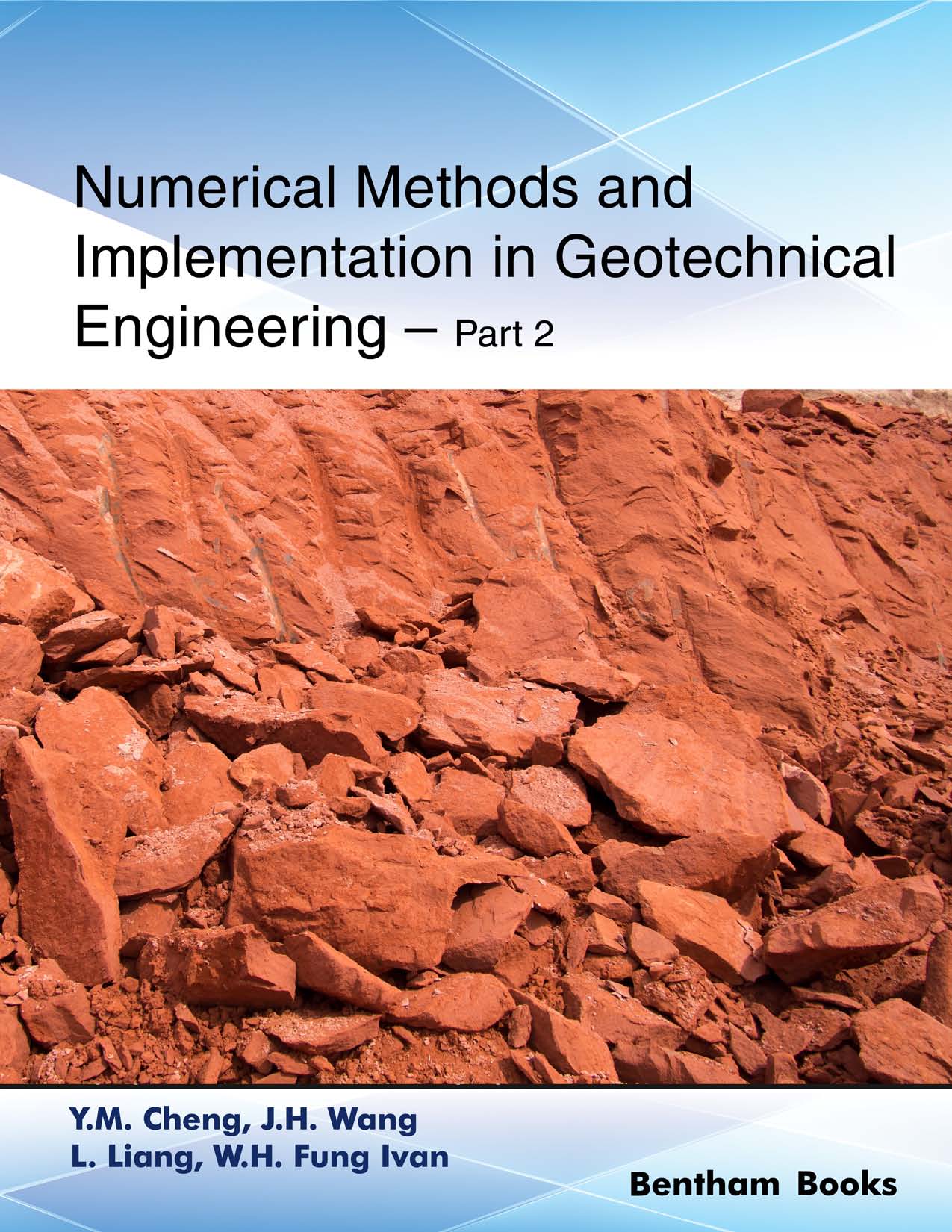For most of the geotechnical problems, particularly those related to real life problems, analytical solutions are usually not available. For both research and practical applications, numerical methods and computer programs are required for many cases. In the recent forty years, many numerical methods have evolved for various kinds of engineering problems. Engineers are now well adapted to the uses of different computer programs for the solution of engineering problems. There is however a major drawback in the current engineering practice in that most of the engineers are not familiar with the basics of the numerical methods, the methods of implementations and the limitations of the numerical methods/programs. In fact, to a certain extent, the methods of implementations and the limitations of the numerical methods are related. In many internal studies using different commercial numerical programs, the authors sometimes found noticeable or even completely different results with different programs or the same program with different default setting for a given problem, and this situation is not uncommon. For a problem with unknown solution, how an engineer assess the acceptability of the computer results is a difficult issue that needs serious attention. In several technical meetings in the Hong King Institution of Engineers, the authors have discussed with some engineers about the appreciation of the limitations of the daily-used engineering programs. If two computer programs can produce significantly different results, how an engineer determine the acceptability of the results actually require deeper knowledge about the basics of the numerical methods and implementations. Interestingly, the authors like to ask the students a question “Different answers can be obtained from different commercial programs. Which results should be accepted, and why should those results be accepted?”. In general, the authors challenge the students (undergraduate and graduate students) every year for this question, and virtually this question is never answered properly. The problems in the assessment of the numerical results will also be discussed in this book, which is seldom addressed in other books or research papers.
The authors have participated in different types of geotechnical research and consultancy works in different countries, and has written a book Frontier in Civil Engineering, Vol.1, Stability Analysis of Geotechnical Structures, which is well-favored by many students, engineers and researchers. Most of the books on numerical methods seldom address the actual procedures in numerical implementations, but many postgraduates actually need to develop computer programs to consider special constitutive models, loadings, numerical methods, boundary conditions and other effects. In view of the limitations of most of the books at present, the authors would like to write a new book on numerical methods and the implementations based on their previous works, and this new book should be useful for senior undergraduates, postgraduates, engineers as well as researchers.
In this book, finite element method, optimization method, plasticity based slip line method, limit analysis method, distinct element method, Smoothed-Particle Hydrodynamics Method, Spectral Element Method and Material Point Method will be introduced. The present book will not cover dynamic problems which is a big topic, and hopefully this will be covered later by the authors in another book. The authors will also try to explain the methods of implementation for some of these methods through sample computer programs. Sample programs are given and discussed to assist students in developing programs for their own uses. These programs are not meant to be efficient or up-to-date, but will help the students in learning about the implementation of some numerical methods. This book should not be taken as a classical textbook, as the authors do not intend it to be. There are many new contributions to numerical methods in geotechnical engineering over the last 30 years, and many topics can be covered by individual books for detailed discussion. There is also no way for the authors to cover all numerical methods in details in this book. This book is a basic introduction to some more commonly used numerical methods in geotechnical engineering which have been used by the authors for teaching and research, with the discussion of some common commercial program problems, programming techniques and applications.
Y.M. Cheng
School of Civil Engineering, Qingdao University of Technology,
Qingdao,
China
&
Department of Civil and Environmental Engineering, Hong Kong,
Polytechnic University,
Hong Kong
ACKNOWLEDGEMENTS
The authors would like to acknowledge the support from the Hong Kong Research Grant Council through the project PolyU 5128/13E, the National Natural Science Foundation of China (Grant No. 51778313), the Cooperative Innovation Center of Engineering Construction and Safety in Shangdong Blue Economic Zone. The present book is also partly supported by CityU Strategic Research Grant for unfunded GRF/ECS (SRG-Fd): Enhancement of Building Information Modelling (BIM) in Construction Safety by GIS: 4D Modelling, Geo-spatial Analysis and Topography Modelling (Preliminary Study) (CityU Project No. 7004631).
CONSENT FOR PUBLICATION
Not applicable.
CONFLICT OF INTEREST
The authors confirm that this chapter contents have no conflict of interest.

